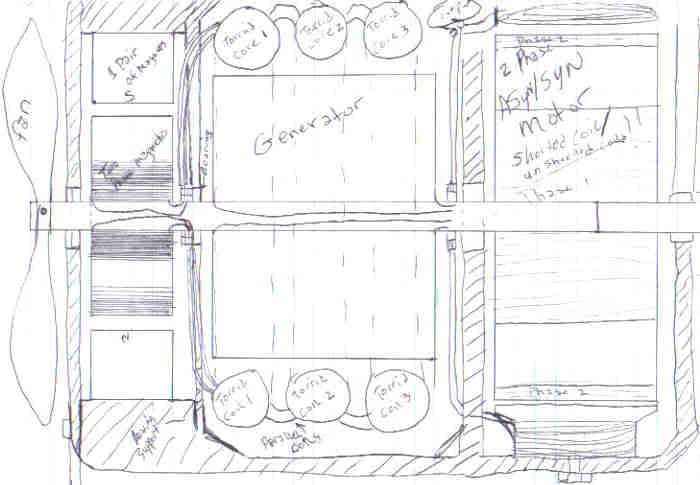Has anyone tried making a generator with a toroidal stator?
Generators and transformers with ... - Google Patent Search
(Beware, fig 1 in patent doc is prior art and not part of the invention)
I guess it separates the stator flux from the rotor flux and thus
minimize the Lenz-effect, reminds me of Thanes bi-toroid-transformer
with its separate flux-paths for primary and secondary.
/Hob
Generators and transformers with ... - Google Patent Search
(Beware, fig 1 in patent doc is prior art and not part of the invention)
I guess it separates the stator flux from the rotor flux and thus
minimize the Lenz-effect, reminds me of Thanes bi-toroid-transformer
with its separate flux-paths for primary and secondary.
/Hob





Comment